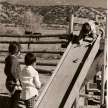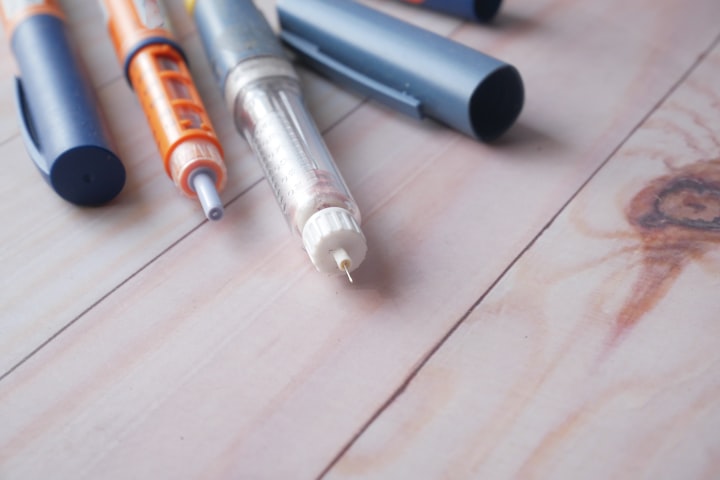Pets in the Classroom
Teaching the children to care for pets

If the adults are able to care for the pets and are able to protect them from the sometimes over exuberance of preschool children, pets in the classroom or at home are very valuable teaching tools.
Over the years we had several pets in the classroom. We had rabbits, beta fish, and earth worms. The rabbits, the earth worms and the fish were long term investments in time and energy.
Earth worms are great for the classroom. We set up a worm bin and fed them wet paper towels and compost from our snacks. A bin can be a simple plastic tote with a lid. Have the children tear up newspapers (great for strengthening hands) as bedding. After placing it in the bin, get the paper wet and let it soak overnight. The next day drain out any standing water and then add a handful of worms. The red wrigglers are the best. They eat compost and multiply rapidly. The children can then add any vegetable or fruit scraps to the bin along with any wet paper that does not have a lot of colored ink. If you have a rabbit at the same time, rabbit droppings are great for worm bins. The completed compost can be harvested and mixed in around flowers and plants. It is the best fertilizer ever.
The earth worms are also great for science observations. Have the children sit at the table and place a worm on a wet paper towel in front of them. Have then describe their worm, measure it, watch it move and answer their many questions. This is a good chance to look up facts in a book and online to demonstrate how to find the answers to questions.
The rabbits required the most care. They are pretty fragile creatures and need to have very specific housing and food provided. The children had to learn to be very careful and quiet around the rabbit. They couldn’t make loud noises or jump and grab. These were all good lessons. If the children wanted a turn petting or feeding the rabbit, they had to follow the rules to keep the rabbit safe. We bought a small harness for the rabbit and the children took turns walking her around the playground and watching her eat dandelions and grass. The rabbit instigated many conversations about rabbits, animals, pets and responsibility. The children had to take turns making sure the rabbit had food and water and a clean place to live. Rabbits need a sturdy cage, good quality alfalfa pellets and fresh water daily. Reading books about rabbits helps the children make more connections. Teachers can also demonstrate how to look up facts about rabbits online.
We had a beta fish in the classroom for several years. I introduced the fish during circle time and suggested they spend the day thinking about names for the fish. I didn’t hear any more conversation about the name so the next day I asked a couple of the children playing near the fishbowl if they had thought of any names yet. About six children lifted their heads from their various activities and announced in unison, “His name is Larry, of course.”
Larry, of course, was well loved and in spite of a few extra toys dropped in his bowl on occasion, he thrived. A couple hints about taking care of Beta fish. They love to eat and will beg for food. DO NOT give them more than a couple pellets of beta food a day, they will eat themselves to death if given the chance. Beta fish can be trained to follow your finger if you gently run it along the outside of the bowl before you feed him. Beta fish do well in a large one- or two-gallon bowl if it is kept in a warm room.
Another teacher I knew had a tarantula in the classroom. She proved to be a great pet. They are sturdy and as long as they are handled gently, they are harmless. Other teachers had guinea pigs, hamsters and lizards. They all proved to be great additions to the classroom.
Pets are great story starters. The children loved telling stories and facts about the pets and watching the teacher write down their words. This is the start of making that spoken word/ written word connection that is the first step to reading. The pets in our classroom instigated lots of stories, drawings and paintings. The animals thrived on all the attention and the children learned a great deal in many different subjects. The pets inspired a lot of conversation increasing the children’s vocabulary and storytelling skills.
If the pets are well cared for, they are fantastic teaching tools and bring a lot of enrichment to the children’s environment.
Please visit my blog Books, Bubbles and Blocks for more articles and ideas for Early Childhood Education. https://booksbubblesandblocks.com
About the Creator
Morgan Alber
I taught preschool and reading for 19 years in a small rural school in Southern Colorado.
I have a B.S. degree in Biology, an AA in Anthropology, and a Master Herbalist Degree.
When I am not playing with my granddaughter, I love to read.






Comments
There are no comments for this story
Be the first to respond and start the conversation.